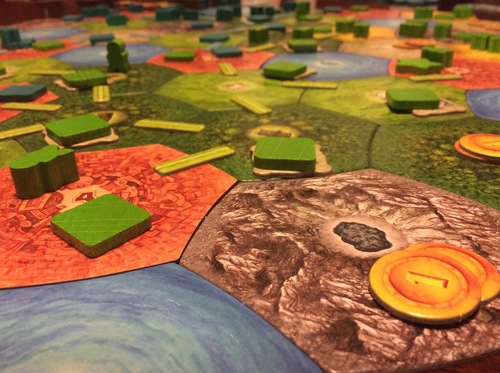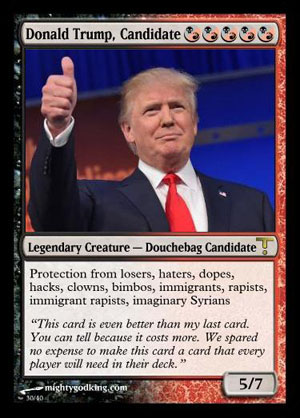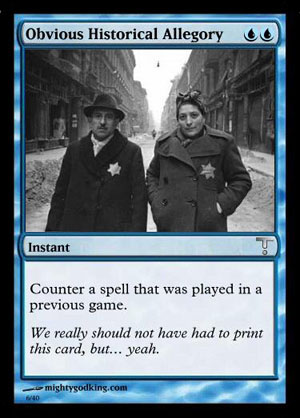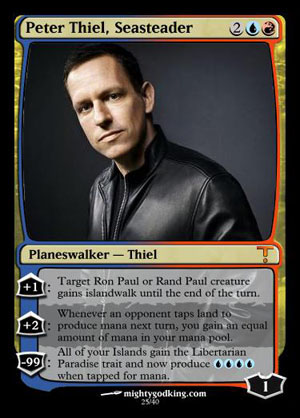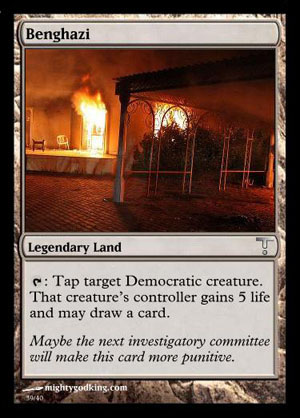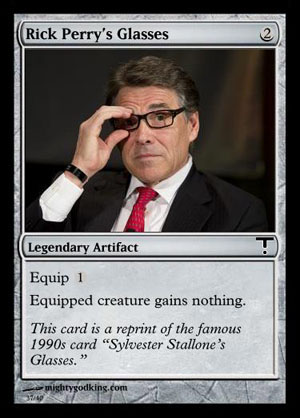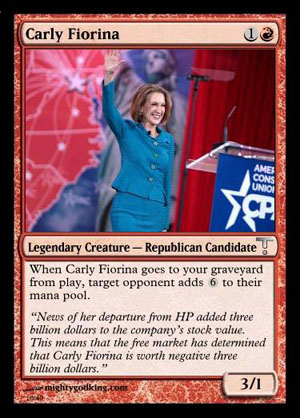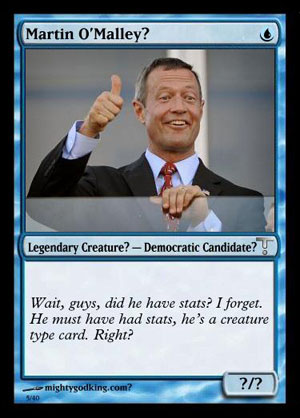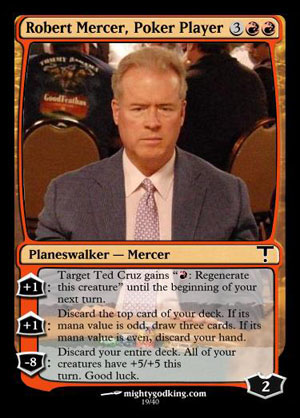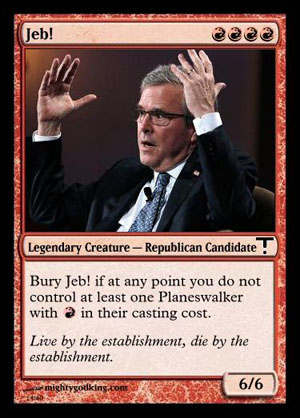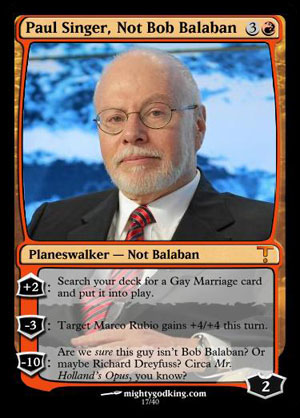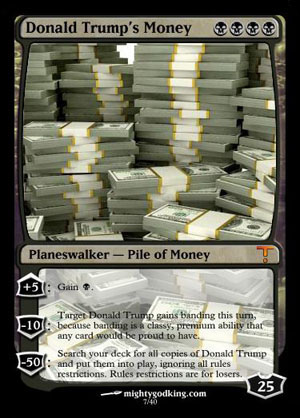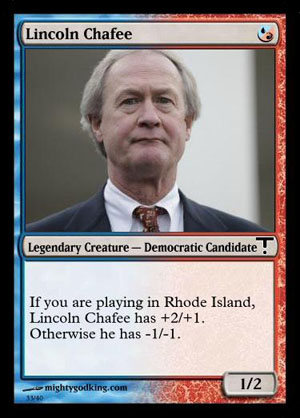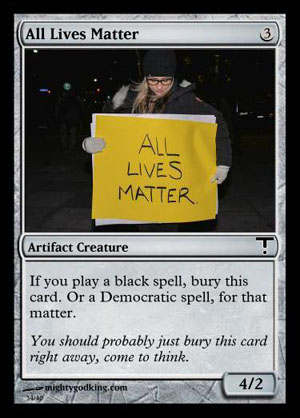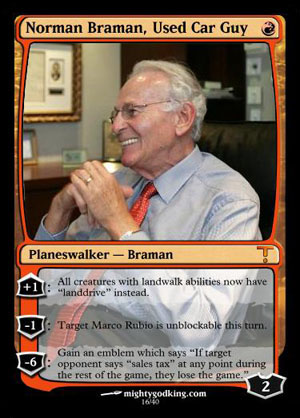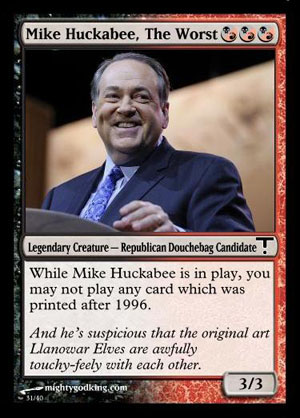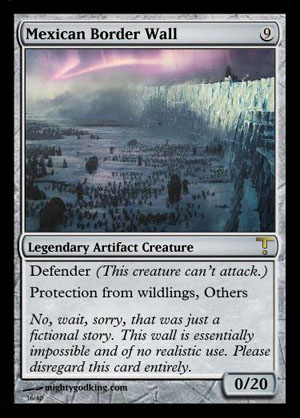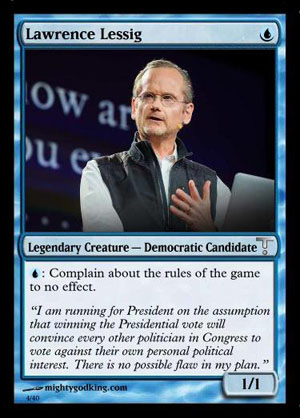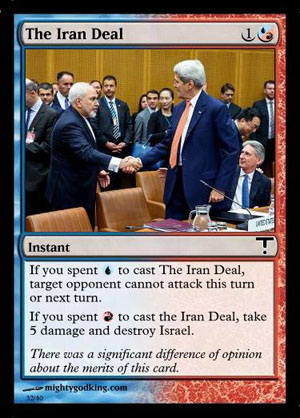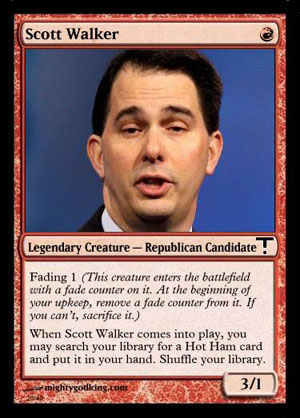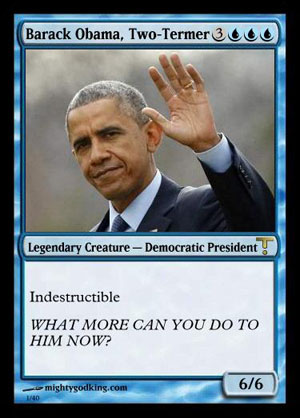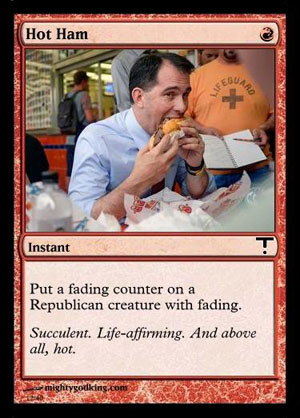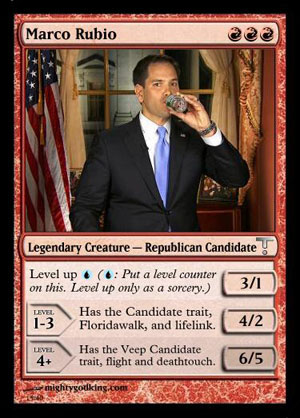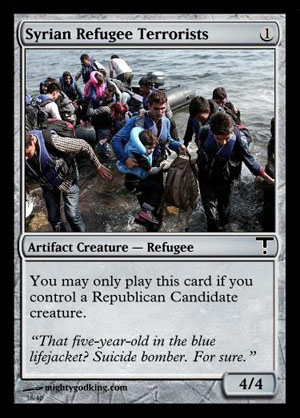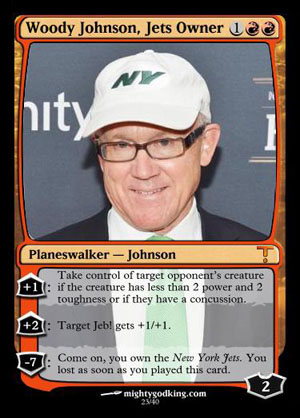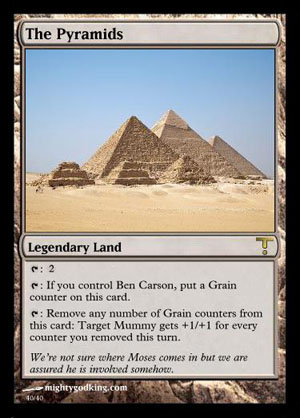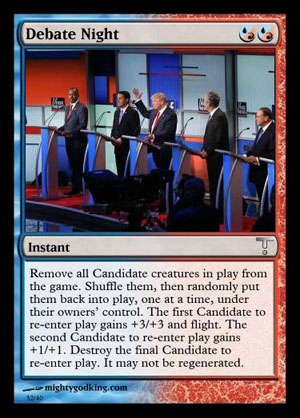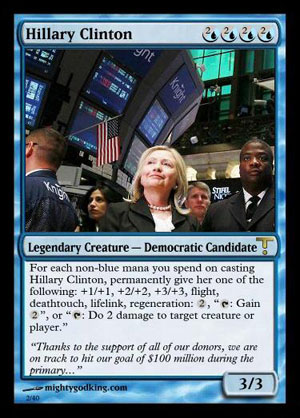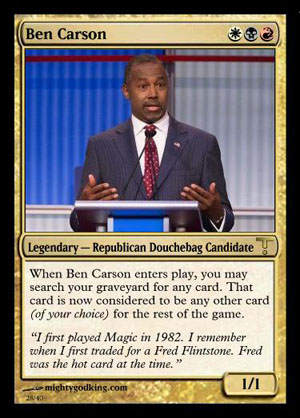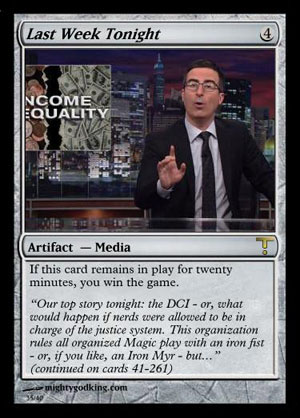So last week I installed Artifact, Valve’s first in-house produced game in almost a decade, with high hopes because it’s Valve: they test the shit out of their games before release like maniacs. They make Blizzard look sloppy. And the idea of an online CCG produced by Valve and designed by Richard Garfield was a tempting combination, to say the least. Sure, this was essentially going to be an elaboration on Blizzard’s Hearthstone or a simpler version of Magic Online, but the promise of an online card market always holds that “you can make MONEY playing this game” allure even if, realistically, you can’t. (At best you can probably make it cost-neutral, which is not nothing.)
I uninstalled it last night. Artifact is a disappointment on most levels that matter for an online collectible card game, for two major reasons:
1.) Gameplay is mediocre. Artifact’s core gameplay is much like Hearthstone with some elaborations. Instead of one battlefield where your heroes cast spells, you have three of them. (You win a match by destroying two battlefields’ towers or by double-destroying one of them.) Your heroes are actual creatures in the game all the time, so they can be temporarily killed (they resurrect two turns later). Mana for spells increases every turn. Spells are classed to your heroes, so you cast red spells where you have red heroes, blue where you have blue and so forth. The game steadily generates allied monsters to fill playfields. And finally, when you kill the other guys’ heroes and allied monsters, you get gold, which can be used to purchase items in between turns, which make your heroes more powerful.
All of this sounds good, except that most of it is bad. First off, the game is longer than Hearthstone without any real corresponding benefit. Games of Hearthstone take about ten minutes, which for their simplicity level is about right: it’s long enough to feel involved but not so long that it becomes boring. With the exception of rare early concessions, though, a game of Artifact takes twenty to thirty minutes, for the simple and obvious reason that you are essentially just playing three games of Hearthstone simultaneously, and it’s twenty to thirty minutes of gameplay that is mostly repetitive, thanks to those free allied monsters you both get every turn slowing the game down and weakening your ability to do direct damage to your opponent and win the game. (Magic Online is slower than Hearthstone but, as a general rule, mostly faster than Artifact is – and it’s a much more complex game to boot.)
Color-classing spells is a time-honored CCG tactic and there is nothing wrong with it in theory, but in practice, Artifact makes it a slog. See, you can’t cast spells unless you have a hero of the appropriate color on that particular battlefield (so if I have a blue guy on battlefield 1 and a green guy on battlefield 2, I can’t play green spells on 1 and blue spells on 2). Because the most effective tactic in the game is to kill your opponent’s heroes and monopolize a battlefield to yourself – both because the heroes are the best fighters on the battlefields, and because they let you cast spells – this means the most effective tactic in the game is to prevent the other player from playing part of the game. This is frustrating and unpleasant, and it’s shocking to me that Richard Garfield designed it because the early days of Magic taught game designers that, although playing a blue Counterspell to prevent a player from casting their monster was mechanically the same as killing it with a Lightning Bolt immediately after it hits the table, players get angrier at the first thing happening than the second, because if somebody kills your monster after you play it, you still get the emotional adrenaline of dropping your monster on the table. Counter- and denial-decks in Magic are always a thing, but they’re purposely made difficult to build and play because game designers understand that you want people to enjoy playing your game. In comparison, Artifact was designed so that making people not enjoy the game is in fact a core design principle of the game. (This seems ass-backwards to me, but what do I know, I’ve only been playing CCGs for nearly twenty-five years now.)
The item purchasing is an interesting design idea but it is implemented extremely poorly, because in practice what it does is create a feedback loop where whichever player is more effective on the battlefield early (kills more guys in the first couple of rounds) gets additional benefits. Most of these benefits aren’t terribly gamebreaking but they’re all good enough to use (stat bonuses for your heroes, extra cards, full heals, et cetera). Which means that many games of Artifact are, honestly, often decided in the first two rounds, and then you’re sitting around duking it out in the hopes of a lucky draw turning the tide. Except that you only draw two cards a turn and are playing on three battlefields – all of which have their own individual mana pools – so generally whoever gets an advantage early has the luck to be able to not play cards, so as to hold back for when the underdog has to play multiple cards to catch up and then exhaust their hand by doing so.
At its core, Artifact is a deeply flawed game. I do not know if it is fixable by additional card expansions or errata (which is the case with many CCGs). But even if it is, I am not inclined to stick around, because:
2.) Deck drafting is bad. Artifact uses the Magic Online draft model where you spend “tickets” to participate in official drafts – do well in the drafts and you can get more tickets and digital card packs to expand your collection. This is the heart of the “play for free if you’re good enough” model that has made Magic Online so wildly popular over the years, and draft is a core component of any good CCG because drafting is the egalitarian form of playing a CCG: nobody can buy their way to an elite deck, you just have to take what you’re given and make the best of it. Online drafting is a mixed bag (Hearthstone’s draft generation engine is fairly random, for example, whereas Magic Online is an old-school multi-person “real” draft). Artifact’s is not good.
Artifact’s draft is broken right now, for one simple reason: you draft heroes as well as spells, but over the course of five simulated packs of cards, you are only allowed to draft one hero per pack. But the heroes are how you are able to cast spells! What this essentially does, then, is turn draft into a push-your-luck exercise: if the first hero you “open” isn’t one of the good ones (and there are very obviously good and bad heroes because their stats are right there and their abilities tend to be broad and obvious), you then can draft random good cards and hope you get a hero later in the first draft round who lets you use them. Artifact attempts to solve for this by having “basic” heroes in all colours available for you as well, but the basic heroes are mostly pretty mediocre to bad so if you’re relying on them you’re sabotaging your own deck. This would probably be easily solvable simply by letting players draft as many heroes as they want, and I’m not sure why they haven’t done that.
Furthermore, the core set of cards doesn’t curve out well. In Magic and Hearthstone, they learned long ago that having really decent low-cost cards is an important part of game design. But in Artifact, most (not all, but most) of the cheap cards are just kind of bad or at least very limited. This means that draft decks tend to be bulky on more expensive cards. This might be an intentional design strategy (forcing players to conserve cards early so that they have cards to play later on, since as designed you’re playing three games of Hearthstone at once but drawing one game’s worth of cards per turn) but it just reinforces Artifact’s problems: unless you get a decent early play (which are rare), many early rounds in draft Artifact are just you watching each other’s characters slam into each other while you don’t play cards. Which is, needless to say, not very fun.
It’s a massive disappointment from Valve, the first truly bad game they’ve ever designed. Don’t pay money for it. (Oh, yes, it costs money up front, too. Whose idea was this?)
